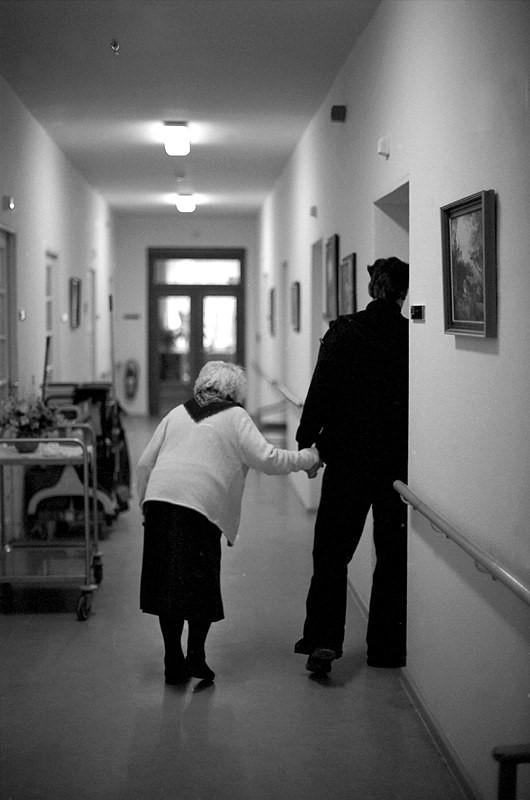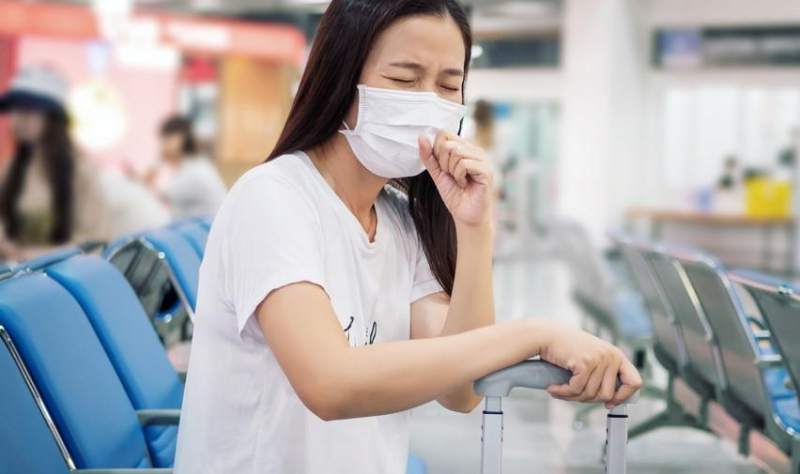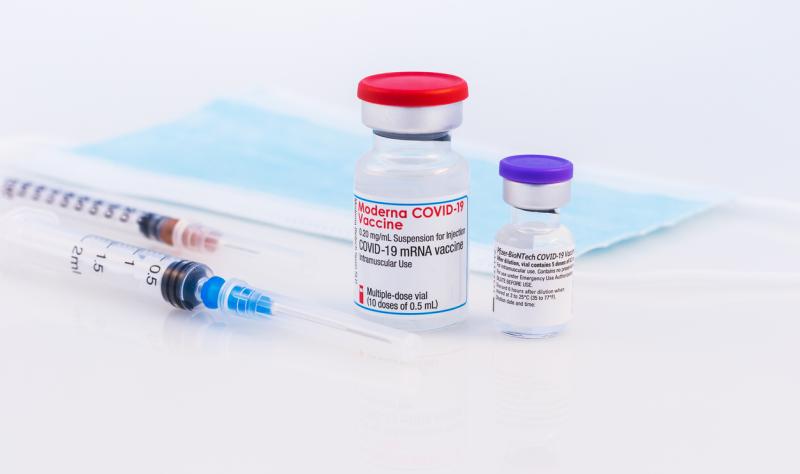Common-sense COVID nursing-home visitor policies not tied to higher risk of resident cases
Partial immunity from COVID in residents early in the pandemic and infection-prevention measures may explain the findings, the authors say.


Allowing nursing-home visitors was safe for residents during the COVID-19 pandemic—even during community case surges and before vaccine availability, concludes a study published yesterday in the American Journal of Infection Control.
An Emory University–led research team analyzed and modeled weekly data on visitor policies, resident COVID-19 infections, and community case rates from 677 Ohio nursing homes from November 1, 2020, to January 3, 2021.
“Nursing home residents were particularly vulnerable to COVID-19 with over 100,000 COVID-19 related deaths reported in 2020,” the authors wrote. “As a response, in March of 2020 the Center for Medicare and Medicaid Services recommended, and most states issued, bans on outside visitors to nursing homes.”
Ohio was the only state that collected facility-level visitation data after ending its visitor ban on October 29, 2020.
Role of infection-control measures
In total, 226 to 327 nursing homes allowed visitors during any week of the study period, 316 to 448 banned visitors, 207 always allowed visitors, and 289 always prohibited them.
Allowing visitors in the context of adequate personal protective equipment and social distancing was safe, even in a period with large increases in community infection rates and before vaccine rollouts.
Among nursing homes that permitted visitors in a week in 2020, the proportion with a new COVID-19 case rose from 9.5% the week of November 1 to 49.3% the week of December 6. A similar increase was seen among nursing homes that forbade visitors. Except for the first 2 weeks of the study, there were no differences in infection rates between the two facility types.
Marginal models suggested that visitors weren’t linked to the unadjusted rates or adjusted odds of new infection among residents (odds ratio, 0.92).
Several factors may have influenced the findings, including partial resident immunity from COVID-19 infection early in the pandemic and the strict infection-prevention measures that may have been in place when allowing visitors, the researchers said.
“Allowing visitors in the context of adequate personal protective equipment and social distancing was safe, even in a period with large increases in community infection rates and before vaccine rollouts,” they wrote.



